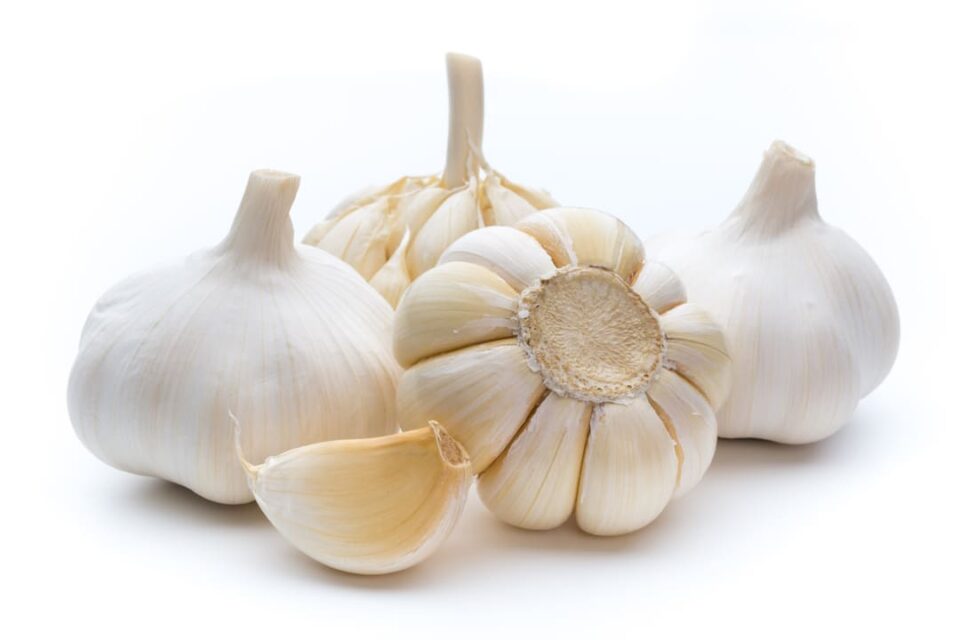As an Ayurvedic doctor, I’m often asked by patients like Ranganath about natural ways to reduce cholesterol levels. Recently, Ranganath specifically inquired about using garlic to lower his high cholesterol. He had several great questions.
- How much garlic should be consumed daily?
- How can the strong mouth odor from eating garlic be minimized?
- When is the best time to take garlic?
- Who should avoid eating garlic?
- Which lipid parameters can garlic help reduce – total cholesterol, triglycerides, LDL?
These are all important considerations when it comes to using garlic therapeutically. So let’s dive into what the research shows about garlic’s lipid-lowering potential and how to optimize its use.
What Studies Have Found About Garlic and Cholesterol
Several well-designed clinical trials have investigated the effects of garlic supplementation on lipid profiles.
– A 2016 meta-analysis published in the Journal of Nutrition reviewed 39 randomized controlled trials. It concluded that garlic preparations significantly reduced both total cholesterol and LDL cholesterol compared to placebo.
– In a 2012 study published in Nutrition Research and Practice, a mixture of garlic and lemon juice taken for 8 weeks modestly reduced total and LDL cholesterol in adults with moderate hyperlipidemia.
– However, not all research has been positive. A highly publicized Stanford University study found no significant effects of raw garlic or garlic supplements on cholesterol levels after 6 months.
My take is that while the evidence is mixed, the bulk of clinical data does suggest garlic likely provides mild cholesterol-lowering benefits, primarily for total and LDL cholesterol. The effects on triglycerides appear less consistent.
Dosage and Preparation Matters
To potentially see therapeutic effects, an adequate dosage of garlic must be consumed regularly. Studies have used various preparations, including:
- Raw garlic cloves: 1-2 cloves per day (2-4 grams)
- Aged garlic extract: 600-1200 mg daily
- Garlic powder: 600-900 mg daily, divided into multiple doses
I usually recommend starting with 1-2 grams of fresh garlic daily (about 1 clove), chopped or crushed, or the equivalent doses of aged extract or powder. Cooked garlic is likely less potent.
Timing and Contraindications
Garlic can be taken with or without food, usually 1-2 times per day. To minimize garlic breath, you can take it before bed. Chewing parsley, mint, or fennel seeds can also help freshen breath.
While generally safe, garlic may increase bleeding risk, especially at high doses or in those on blood thinners. It can also cause indigestion in some. Pregnant women and young children should minimize intake.
The Bottom Line
In my professional opinion, adding a moderate amount of garlic to an overall heart-healthy diet may help nudge cholesterol numbers in the right direction, especially when combined with other dietary changes and regular exercise. However, people with significantly elevated lipids will likely still require prescription medications.
I hope this information helps provide some clarity on this common question. Of course, anyone considering using garlic therapeutically should consult with their physician first.

